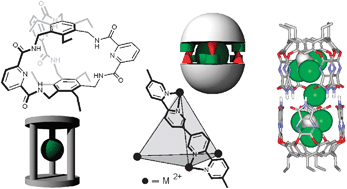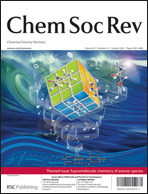Anion binding in covalent and self-assembled molecular capsules†
Abstract
This critical review describes selected examples extracted from the extensive literature generated during the past 42 years on the topic of

- This article is part of the themed collection: Supramolecular Chemistry of Anionic Species

 Please wait while we load your content...
Please wait while we load your content...